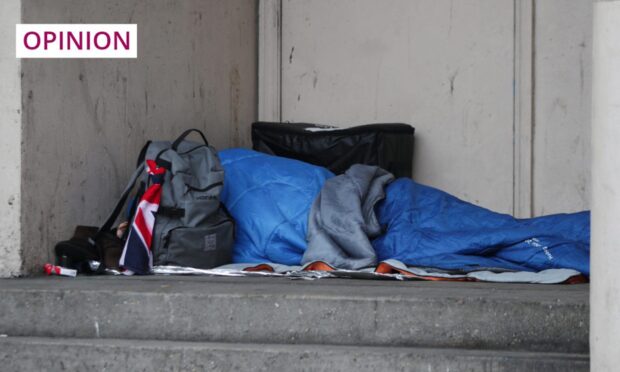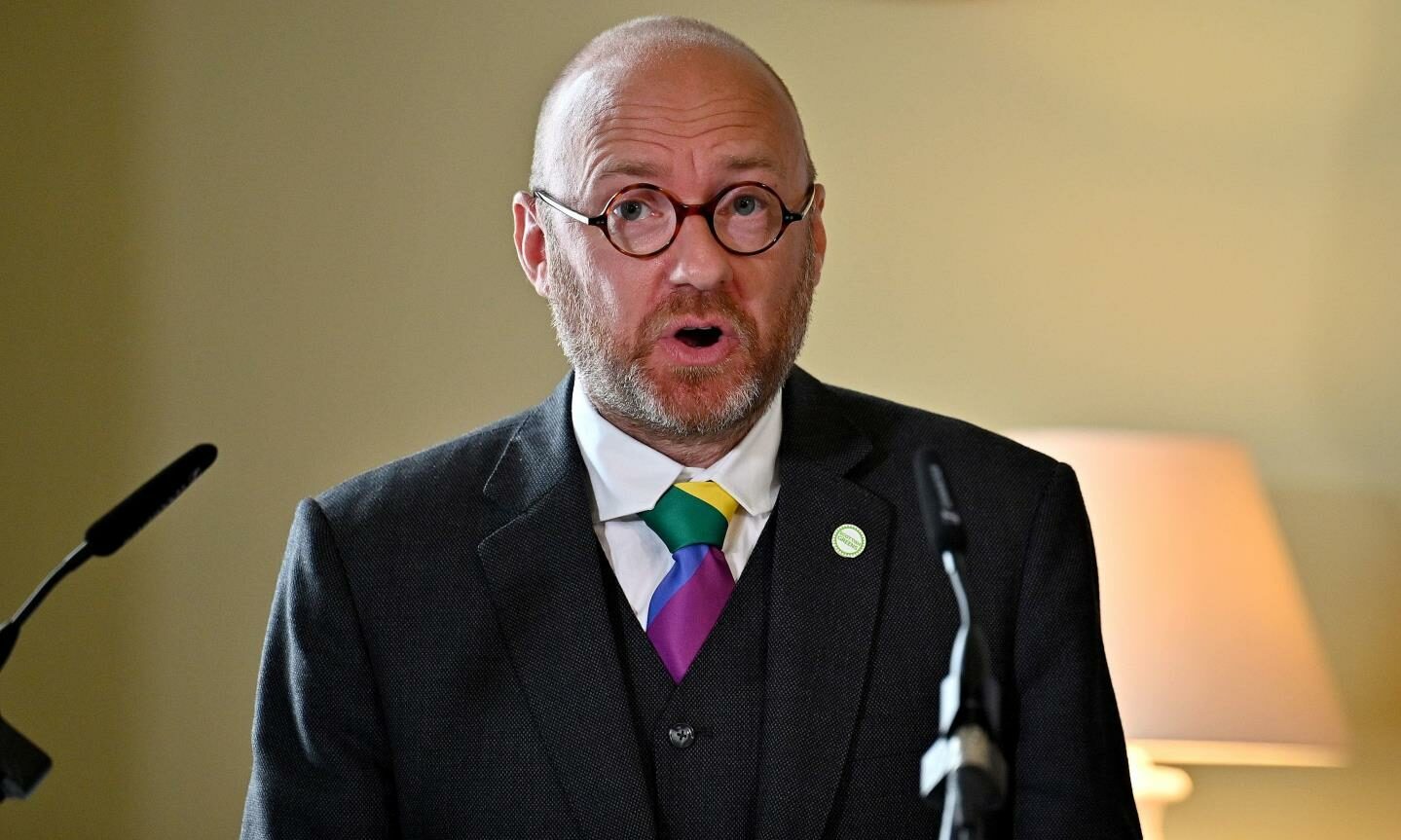Right now, in Scotland, councils everywhere are declaring housing emergencies.
The Scottish Government is set on slashing the affordable housing budget by 26%. And, with the end of the rent cap and eviction ban, things are going to get a whole lot harder for tenants.
The majority of tenants spend over a third of their income on rent. This rises to half for those in the lowest income quintile.
With food and energy prices having crept up and our wages continuing to stagnate, rising housing costs are crippling our finances. It is not hyperbole to suggest that tenants are forced to choose daily between eating, paying rent, living in substandard conditions, or having to leave their communities. And it is getting worse.
Despite the rent cap, new rents across Scotland grew by 14% over the last year. And this only tells half the story. In Argyll and Bute, rent costs grew 18.2%, nearly matching the eye-watering increases of 22.3% and 18.4% in Greater Glasgow and Edinburgh.
Landlords have tried to suggest that the rent increases demonstrate a failure of the rent cap. But high rents are not new. Rent has climbed 61% over the last 13 years in Scotland, despite inflation increasing just 47% in the same period. And landlords are shying away from the clear reality: no one increases rents but them.
Rent rises across Scotland are a problem everywhere. Increases in the Central Belt push up market costs everywhere, or force more people out of cities.
In the Highlands, increased rents combined with a shortage of homes exclude tenants from their communities. The steady increase in second-home ownership and holiday lets has seen one in 15 homes left lying empty across the Highlands and islands, rising to nearly one in 10 in Argyll and Bute, Orkney and Shetland.
Job positions that would otherwise be snapped up remain vacant due to workers being unable to secure housing. Schools are forced to close due to a lack of children and teachers.
The shortage of homes has forced thousands into “hidden” homelessness, where people are forced to stay on couches, in caravans, or in short-term lets. Already, 4,000 live in overcrowded accommodation across the Highlands, and the end of the rent cap will only make this worse. Scottish homelessness is set to rise by a third over the next two years.
Unregulated open rent market is absurd
The government’s answer to what will happen to tenants post-rent cap is making adaptations to the rent adjudication service, a system by which tenants can challenge their rent increase. However, this plan is flawed, and makes heavy use of market rents. This is despite Minister for Tenants’ Rights Patrick Harvie saying in January last year that going from the rent cap to “open market considerations” would create a “damaging cliff edge” for tenants.
The unregulated, cut-throat open market is an absurd measurement of what tenants can afford. In the workplace, the “free” open market led to: no weekends, no minimum wage, and child workers. We all agree that we need regulation to protect workers. But, in housing, there is no such agreement.
Just as importantly, the rent adjudication service system relies on tenants keeping their landlords in check. To challenge a rent increase, tenants need to know that the incredibly complicated system exists – a big problem when half of tenants do not – and they also need to understand it.
Landlords will take advantage of this power imbalance and increase rents above what is allowed by the new system, in the hope that tenants will not dare or know how to fight it.
Tenants need further emergency protections, such as a rent cap, until the government introduces a permanent and robust system of rent controls, as well as more social housing
The failure of the new system, coupled with the shortage of homes and inflated market rents, demonstrates the need for stronger controls, not a return to free-market rents.
Tenants need further emergency protections, such as a rent cap, until the government introduces a permanent and robust system of rent controls, as well as more social housing in each local authority. This is why, on Thursday, Living Rent, Scotland’s tenants’ union, published an open letter to Scottish ministers, demanding urgent action on rents now.
Aditi Jehangir is secretary of the Living Rent tenants’ and community union



Conversation